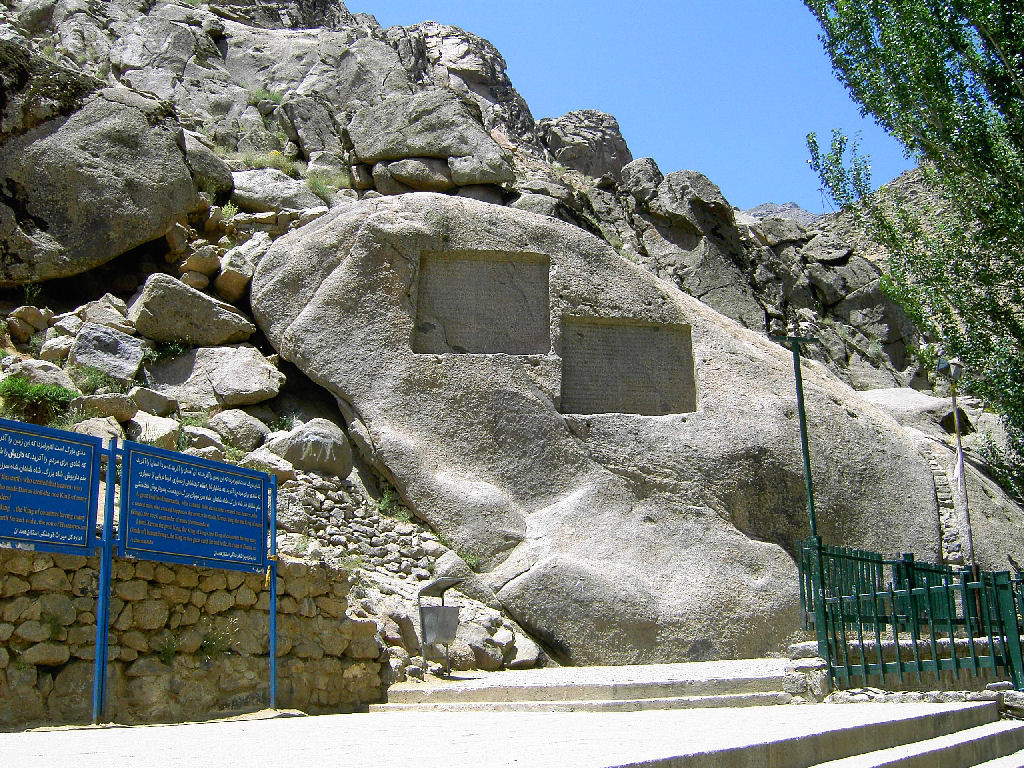Ancient inscriptions of Ganjnameh: a gateway to history
Ganjnameh ancient stone inscriptions are a collection of inscriptions belonging to the Achaemenid period, which were carved on a rock at the foot of Alvand mountain, 5 kilometers west of Hamadan city and at the end of Abbasabad valley. These inscriptions were written by the order of Darius the Great and Xerxes, two Achaemenid kings, in ancient Persian, Elamite and Neo-Babylonian languages, and are known as one of the most important sources of Achaemenid history.
The content of the inscriptions:
A description of the events and actions of Darius the Great during his reign
Introducing Darius the Great as the king of kings and the successor of Cyrus the Great
Description of the campaigns of Darius the Great to different lands
Introducing Xerxes as the successor of Darius the Great
A description of the events and actions of Xerxes during his reign
Description of the construction of Apadana Palace in Susa
Significance of inscriptions:
Historical value: As authentic documents, these inscriptions provide valuable information about the history, culture and civilization of the Achaemenids.
Linguistic value: Because these inscriptions are written in three languages, they are also important in terms of linguistics and help to better understand ancient languages.
Artistic value: These inscriptions are artistically significant due to their beautiful calligraphy and writing.
Tourist Attractions:
The site of the inscriptions: The site of the inscriptions has a beautiful view due to its special location on the slopes of Alvand mountain.
Ganjnameh Waterfall: Ganjnameh Waterfall is located near the inscriptions and is one of the popular tourist attractions in Hamedan.
Ganjnameh cable car: Ganjnameh cable car allows tourists to access the heights of Alvand mountain and view beautiful scenery.


